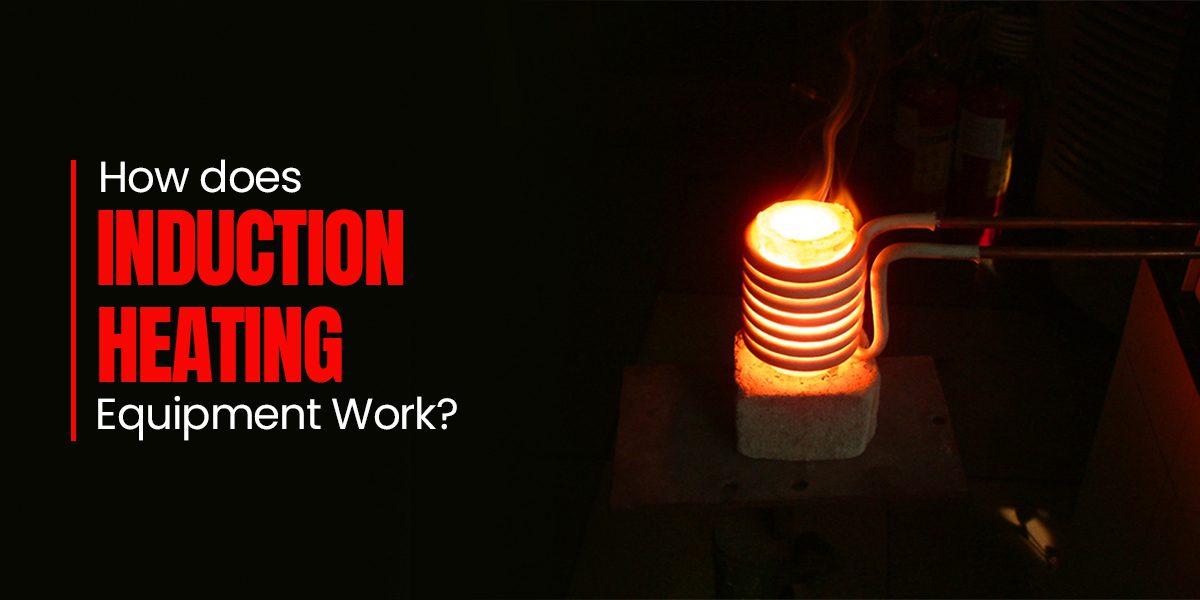Induction heating presents as many opportunities as it challenges for developing the optimum solution for any process. Induction heating solutions are easy to set up, offer a fast time-to-temperature, and deliver exceptional heating efficiency, accuracy, and uniformity in part temperature. In addition, induction offers safety benefits compared to open flame and resistance heating methods. This highly efficient technology uses contactless heating to induce heat electromagnetically rather than using a propane torch or resistant heating. With induction, the part becomes its own heating element, heating from within. This makes the induction heating process very efficient since little heat is lost. The induction heater may heat any electrically conductive substance. Metals include cast iron, aluminum, copper, brass, stainless steel, and other metals. The most common applications involve sealing cartons. However, heat transfer to other materials like plastic, fabric, etc., is possible.
What are the advantages of Induction heating machines?
The perks of induction heating machines are as follows:
• Increased process effectiveness
• Steady heating focused and localized
• Controlling the temperature Saving energy
• Integration potential with production lines
• Best yield, quality, and performance
• Clean, quick, and secure technology
• Enhanced workplace conditions
How an alternating current (AC) provides electricity to the heating coil?
An alternating current (AC) source is used to provide electricity to an induction heating coil in heating. The coil produces an alternating magnetic field as a result. Two heating effects happen when an object is positioned in this field:
• Hysteresis losses – these only occur in magnetic materials like iron, nickel, cobalt, etc., when the substance is continually magnetized in various directions because of the friction between the molecules. Faster particle movement due to higher magnetic field oscillation frequency increases friction and heat generation.
• Eddy-current losses are caused by the fluctuating magnetic field’s electric currents, which result in a Joule heating effect in any conductive material.
The treated object is heated by both effects, but the second one is more frequently the primary heat source in IH processes. In addition, non-magnetic materials do not exhibit hysteresis, while magnetic materials lose their magnetic specificities when heated above a certain point.
LJ Inductions is the leading Induction heating machine manufacturer in China. We have almost 17 years of experience manufacturing and distributing induction heating equipment. We offer practical solutions that help our clients improve their production operations’ speed, cost-effectiveness, and product quality. Due to the complexity of induction technology, the business immediately offers support to its clients. We evaluate particular needs, choose the necessary machinery, and modify manufacturing technology as part of our consultation process. Additionally, the trouble-free operation of the equipment you buy is guaranteed by our maintenance, testing, and inspection services. Our team will assist you 24×7 to ensure smooth and effective operations, regardless of your location worldwide. LJ Induction products powers up from 5kw to 2000kw frequency from 0.5kHz to 1.1mHz with both single and dual-frequency capabilities.


